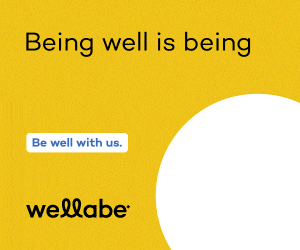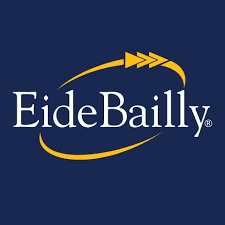MCLELLAN: Defining social media goals

Is there a science to Facebook engagement?
According to a recent study sponsored by American Express Co.’s Open Forum, the answer is yes.
Here are some of the findings from that report:
• Facebook fan page posts with images have a 39 percent higher interaction rate.
• Short posts with 80 or fewer characters have a 23 percent higher interaction rate.
• The best time to post? Wednesdays 1-4 p.m. Eastern time.
• Worst time? Any time between 8 p.m. and 8 a.m.
The study also suggested a great activity to put on your page is to post a photo and ask your fans to create captions for it. That effort will increase comments by 5.5 times your usual number.
All of that is great counsel and will probably increase your traffic and exposure on Facebook. But for many businesses, that’s where they start: “How do I get more people to like my Facebook page or how do I get more activity on my Facebook page?”
I think that’s putting the cart before the horse. As usual, with social media, we tend to ask how and get knee deep in exploring the how before we ask the all-important “why?”
There’s this huge rush to all things social, and then there’s an equally huge letdown when it turns out to be fool’s gold. Sadly, it’s usually our own fault. It’s not that social media (digital, content marketing, etc.) can’t deliver all that it promises; it’s that it was too easy.
Think about most marketing tactics. Most of them take planning and cost money. So we’re pretty thoughtful before we wade into something new. We take the time to think about goals and a strategy for achieving those goals. Once we’ve done that, we figure out which marketing tactics and tools we’ll need to deliver on the strategies.
Look at that – several steps before we get to specific tactics.
But if we’re honest about the origins of our Facebook page, Twitter account or any of our other social tools, we just launched them because it was easy and free. There was no goals discussion or strategic thinking. We just opened a free account and then floundered around until we declared the effort less than satisfactory.
So here’s what I want to suggest. If you look at your company’s Facebook page or Twitter account and wonder if it’s worth the effort, I want to challenge you to actually define the worth. And I’m not talking about setting a goal for how many likes you want or how many comments or shares. One of the biggest mistakes is that people set social media goals rather than setting business goals that can be accomplished through social media. If there’s not a good business reason for doing social, you shouldn’t be doing social. But, if you take a couple of steps backward and actually start at the beginning and set tangible business goals, then a few things will probably happen:
• You’ll do social differently.
• You’ll measure social results differently.
• You might shift tools or tactics.
Then, you can and will care about all of the incredible information in AmEx’s study. You’ll know if Facebook is the right tool for you, whom you want to attract to your Facebook page and what kinds of things you’ll want to share with them. You’ll know what, when and how to share your content to get the most bang for your buck, and best of all, you’ll be one of the 92 percent of professionals who acquired a customer through Facebook (or the social media tool of your goal’s choice).










